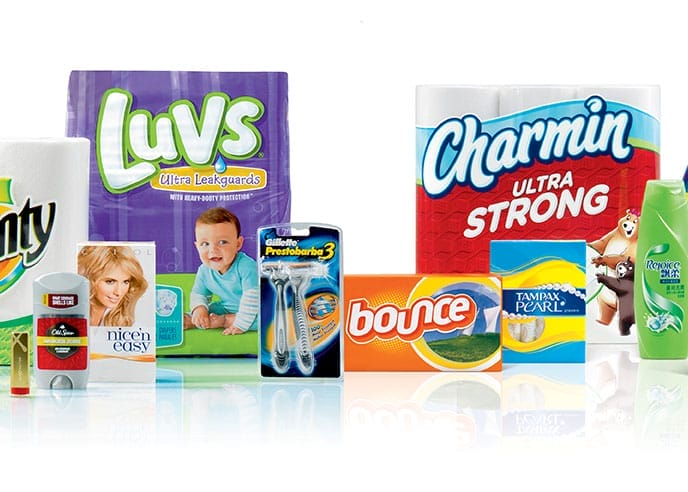Proctor & Gamble has been getting a lot of press after the recent announcement that the company is going to divest up to 100 brands in order to focus more closely on its core offerings. CEO Alan Lafley said the move would retain the approximately 80 brands that generate 95 percent of the profits, “reliably creat[ing] more value.” It’s a purely product-centric point of view: identify what is most profitable and cull the rest. And in the range of voices discussing this decidedly bold move, no one is questioning whether it is best for P&G to view its brand portfolio solely through a product-centric lens.
That silence is interesting, considering that it could be a tragic mistake.
In fact, it could represent the early stages of what’s been termed a “profitable-product death spiral.” The idea originates from Driving Customer Equity, a book that I use in my online Wharton Executive Education program, Strategic Value of Customer Relationships. Authors Roland Rust, Valarie Zeithaml and Kay Lemon provide a detailed example of a grocery retailer that cut some products because they weren’t profitable. As a result, the retailer lost some valuable customers who liked those products. That, in turn, caused demand for other products to decrease, so those were cut, resulting in more lost customers. This downward spiral continued until the retailer went out of business. While P&G might argue the retail example doesn’t apply to manufacturing, the parallels are striking, and it’s a lesson the company needs to consider carefully. P&G seems poised to make the same kind of attractive, short-term decisions that can become incredibly damaging in the long run.

Alan “A.G.” Lafley, chairman of the board, president and CEO, P&G
It’s also interesting to note that the product-centric logic behind the impending brand cuts is not the logic manufacturers like P&G use when they’re trying to get retailers to stock their products. They often tell retailers some version of, “We just did a market basket analysis and found that consumers who buy product X tend to be the most profitable consumers for you.” In contrast, however, there’s no evidence that manufacturers use that same logic to decide which products to get rid of. The inconsistency in their approach to selling versus dropping products is remarkable.
So what should P&G do? First, the company needs to recognize that it is operating under the faulty assumption that products generate profits. In reality, profits come from long-term customer relationships, and products work together to build and strengthen those relationships. Instead of focusing on its most profitable products, P&G should be looking at its most profitable customers—and ensuring that product-pruning decisions don’t impact these customers very much.
A lot of people are seeing P&G’s move as one of desperation—it seems to indicate that the company is in serious trouble. But it’s actually something companies should do more routinely—as long as they’re using the right criteria to make this kind of decision. Some of the products P&G will cut could very well be genuine “loss leaders,” but if they help to attract and retain the right consumers, they might have enormous value despite the lack of profitability they might have on their own. That’s value that P&G doesn’t seem to fully recognize, and thus it risks losing it—and much more in the long run.


























